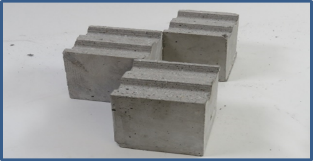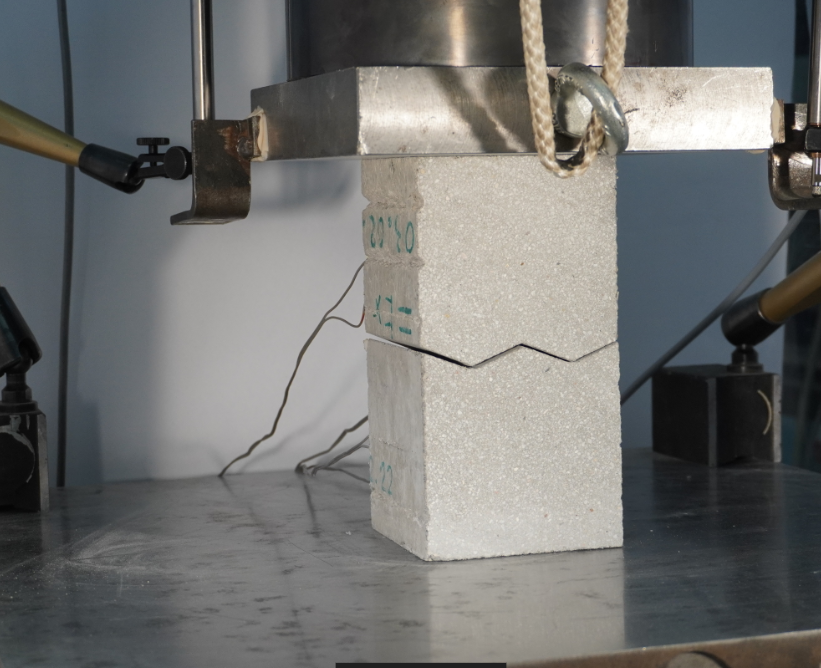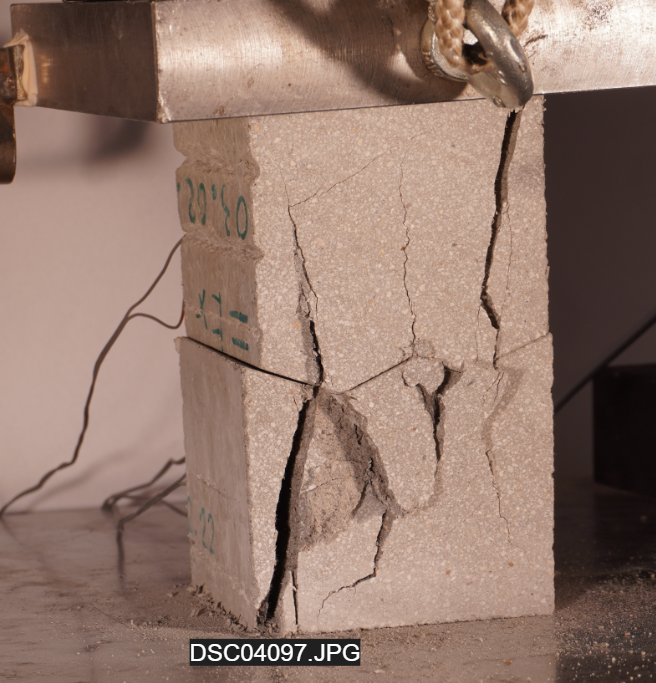Research Summary Report C05
Jointing Principles for Combination of Concrete Elements Produced by Different Additive Manufacturing Processes
[12.07.2022]
The Technical University of Braunschweig, Institute of Structural Design (ITE)
Prof. Dr. Harald Kloft.eng (ITE)
Prof. Dr. Martin Empelmann.eng (iBMB)
Author: Abtin Baghdadi
a.baghdadi@tu-braunschweig.de
Researchers: Jan-Paul Lanwer, Hendrik Weigel (iBMB), Abtin Baghdadi (ITE)
This project, as close cooperation between ITE and iBMB (Concrete-Construction) by subtractive robotic process, aims to investigate the jointing principle to combine different additively manufactured elements.
C05 investigates the execution process and load-bearing capacity of the concrete milled dry joints, considering different concrete printing techniques to be utilized in the construction of prefabricated structures.
Accordingly, C05 mainly investigates the application of the post-processing grinding technique (milling and cutting) for developing innovative connections and manufacturing selected dry joints, which can be generally produced by robotic printing and CNC techniques. These studies are followed by experimental tests and geometrical evaluation of the milled connections (scanning) to determine their load capacity and measure the accuracy of milled connections, which also investigates the influences of geometrical accuracy on the joints’ performances.
Summary
In order to evaluate the production process and load-bearing capacity of concrete printed dry joints, C05 selected four steps. The first step develops the subtractive techniques by designing and preparing the robotic milling technique (equipment) as well as developing a catalogue for appropriate interpretation and selection of the desirable dry joints. Based on the catalogue, in WP.2, selected joints regarding concrete materials manufactured by particle bed, extrusion and shotcrete printed elements were subtracted and experimentally under compressive load evaluated. Likewise, WP.3 subtracts and experimentally evaluates new concrete joints made of the mentioned materials regarding the shear forces and influences of the parametric post-tensioning load. As the final step based on the results of the WP.2 and WP.3, the geometry of the final demonstrator, which is a segmental post-tensioned hollow girder beam, should be designed and manufactured. The performances by two separated testing setups regarding shear-dominant failure and bending-dominant failures should be investigated.
Current state of research
After developing the subtracting technique and the joint catalogue (2020), in the WP.2, 100 joints (200 pare) were manufactured, the accuracies of the geometries evaluated (3D scan), and the performances under compressive forces evaluated (2021).
In WP.3, due to some issues in the preparation of the specimens for the shear tests, which for each joint needed CNC processes on four surfaces of specimens causing limited robotic access, a new testing tool in iBMB was designed to clamp the dry connection and apply adjustable post-tensioning load. Based on the new testing clamp and the collected concrete materials (shotcrete, extrusion and particle-bed), the dry joints were produced while a new sinusoidal joint geometry was also regarded. The prepared specimens will be scanned and under shear load tested (iBMB) in the current month.














